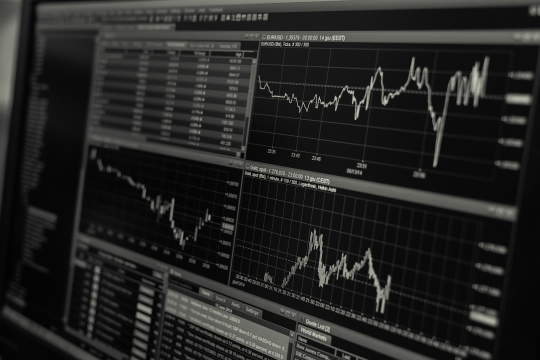In the past few weeks, the Private Debt market and its participants were a frequent subject of headlines in the business and financial press. Does that mean that this market, now about a decade old in Europe and two decades old in the US, is becoming mainstream?
Certainly, in terms of size, the numbers are impressive. In Q3 2020, Assets under management (AUM) in Private Debt reached $849bn (€715bn or £639bn). Comparatively, at the end of 2019, that figure was a lower $812bn. Partly that is due to fundraising activity by well established players, but a total of 125 new funds have also come to the market since the beginning of the year. That is an impressive figure, especially in light of the ongoing COVID-19 crisis. Additionally, with an increase in fundraising and little time to deploy the funds, $301bn (€254 or £226) dry powder still remains.
COVID-19 has certainly played a role in this newfound renown. Well known companies that were strongly affected by the pandemic, such as Bombardier, Qantas and Carnival would normally raise debt capital in the banking or public bond markets. But recently, they have sought funds from less temperamental private providers. The public market still proved open to some of these but others did chose to follow the private route, which mirrors what has happened already in equity markets, where Private Equity has become a mainstream alternative to the more traditional IPO.
What is happening with the investors is also relevant. Large asset managers such as Apollo, Blackstone and others have raised record amounts for their Private Debt funds in recent months. Some of this is driven by investors in more traditional bond markets being starved of yield, a situation that was exacerbated by the pandemic - even in the so-called High-Yield bond market, of bonds issued by smaller, emerging market or more challenged companies, yields in recent months have dropped into the low single-digit range, thanks to an imbalance of supply and demand and the impact of the multiple government assistance programs. As such investors in those markets have had to look elsewhere for investments that generate larger yields and allow then to rebalance their returns. The Private Debt market has been one of the beneficiaries of the situation, given that bonds and loans are similar in nature and so investors more easy transition from one to the other.
Overall, this media activity is the most recent evidence of a trend that has been established for some time: that the Private Debt market, once referred to as "alterative", has become an established and permanent component of capital markets, and an important tool for how investors deploy their capital and for how companies of all sizes manage their capital structure and funding.
For a sample of the articles published in October and November on this subject, read or listen to more in this link, here and also here. The effect extends more widely than the traditional markets in Europe and the US as you can find out, for example, in this article.
